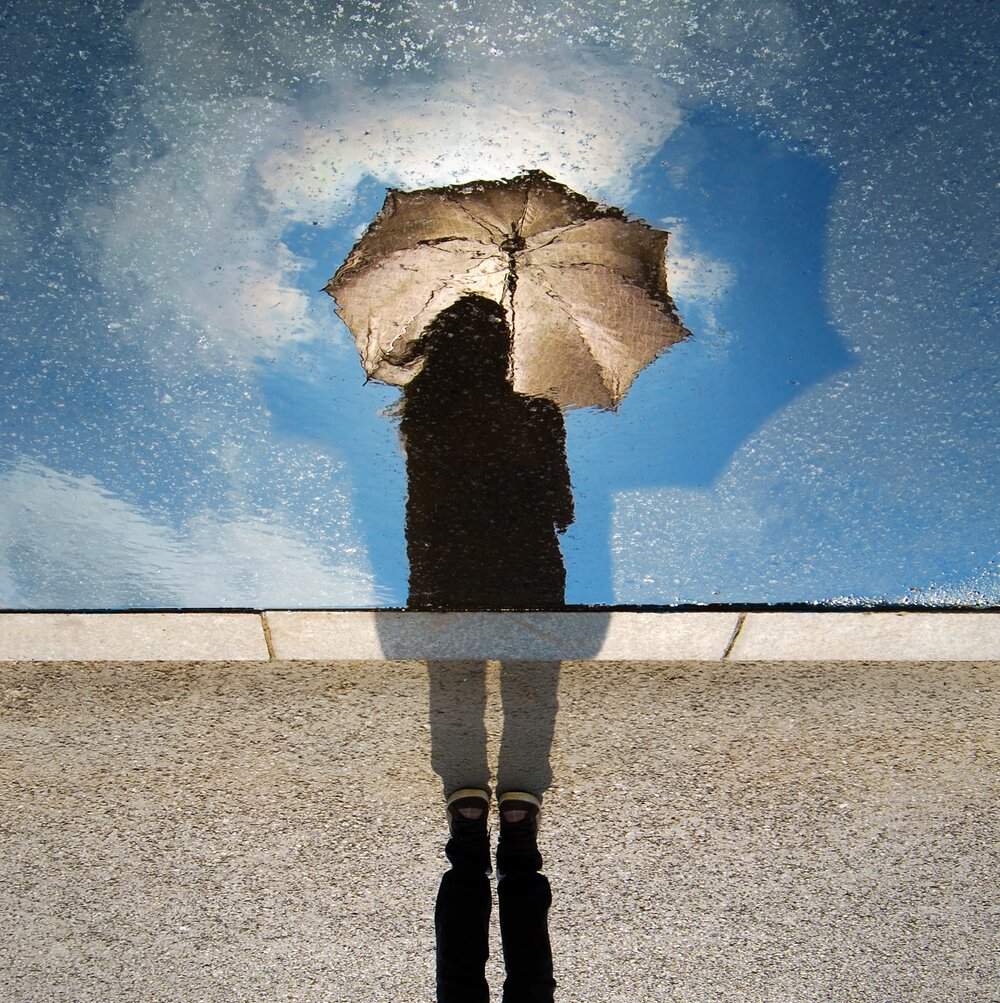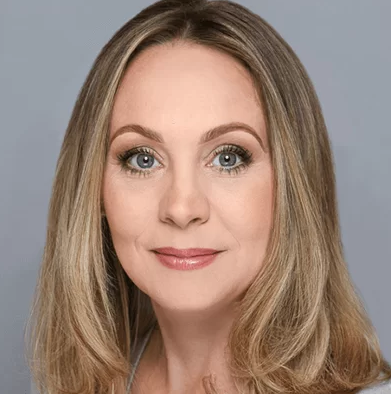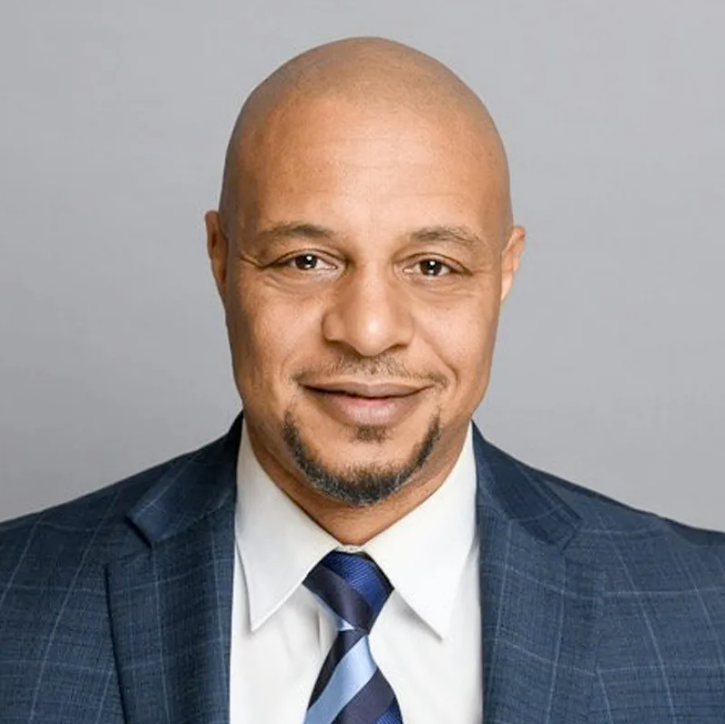“I am so depressed right now.” Depression is a word that is commonly thrown around as a way to describe feeling sad. During these difficult times, it is no wonder people are feeling this way. In honor of National Anxiety and Depression Awareness Week, I wanted to address this topic more deeply. I had a friend who recently asked me about depression and how it is different from being sad. This is probably a common question and I wanted to give a more thorough explanation to distinguish the differences from a clinical perspective. I also want to talk about ways to address clinical depression so that you do not have to continue in this state of being.
I will let you in on how a psychologist assesses someone to determine if he or she has depression. We use a list of DSM-V criteria and see if the person meets 5 or more of the 9 symptoms while factoring in the context of the person’s situation. The DSM-V which I jokingly call the mental health Bible is based on extensive research that categorizes psychological issues.
The hallmark of depression is sadness or a general unhappiness experienced most days (for 2 weeks or more) and a sense of hopelessness (like things will never get better). I like to use this mnemonic called SIG E CAPS as my checklist for the other symptoms:
- Sleep (Too many or too few hours. It may include difficulties falling asleep, staying asleep, or non-restorative sleep).
- Interest decreased where things that used to be fun are no longer enjoyable (Anhedonia)
- Guilt or feelings of worthlessness most of the time.
- Energy decreases and often fatigues.
- Concentration difficulties.
- Appetite disturbances or weight loss such as rarely feeling hungry.
- Psychomotor retardation/agitation means moving abnormally slow or jittery.
- Suicidal thoughts like no longer wanting to be alive because of the pain.
It is crucial that the individual experiences unhappiness and/or anhedonia along with a few of the minor symptoms from SIGECAPS. It is also important that the depressive symptoms are not better explained by another diagnosis such as posttraumatic stress disorder. Depression also has to cause impairment and distress that prevents you from living your desired life.
A big clue with clinical depression is when these depressive symptoms do not go away even when external stressors are no longer there. For example, someone may feel depressed because he or she feels hopeless about the negative work environment created by the manager. Then the person leaves his or her job and begins working at a better workplace but the depressive symptoms continue to last. That means that the depression is no longer linked to external circumstances but it has transitioned into something much more internal.

A neurological explanation for depression is that certain experiences or even more biological dispositions have led the brain to stop producing the right amount of serotonin. Serotonin is a neurochemical necessary for people to regulate their mood, social behaviors, appetite, digestion, sleep, memory, sexual desire, and sense of well-being. The idea is that when someone is really unhappy, the brain reckons that it no longer needs to create and release that much serotonin anymore to match their state of unhappiness. When the negative experience is now over, the brain no longer produces the necessary serotonin. It got used to the low output of serotonin! Sometimes it is combined with an unhealthy mindset that interprets things negatively and keeps them in a state of depression.
It is not clinical depression when someone experiences a few of those depressive symptoms but does not meet five or more of those criteria. It is quite normal for people to experience at least a few of these symptoms from time to time because life can be challenging! Having moments of sadness or fatigue does not mean you have clinical depression. There are other situations like the death of a loved one where sadness is a healthy response otherwise known as bereavement. There may be significant changes after giving birth called postpartum depression that would not be classified as clinical depression. Seasonal Affective Disorder is when people feel depressed due to changes in dopamine produced by sun exposure. When people feel depressed or anxious due to an external situation, I would usually diagnose that as an adjustment disorder and people’s moods return to baseline when the circumstances change.

When do you know you need help? Like with any mental health consideration, you may want to consider getting support when your quality of life is low. There is no honor in suffering silently. Life is short so make it a good one! If you no longer know what to do to shift out of that mindset and mood, I would recommend getting the professional help you need because you deserve it. Licensed counselors like psychologists, licensed clinical social workers, and marriage & family therapists are trained to help people overcome depression. Maybe getting a medication evaluation from a primary care physician or psychiatrist is encouraged to see if antidepressants may be helpful. It is probably one of the most common issues that is presented in counseling so you are not alone. I treat depression like a disease and the pain is pointing towards something that is not working right. Depression is not your personality and is not your identity. Counseling can help identify the source of the depression, what may be currently contributing to the depression, and specific interventions to address those concerns.










